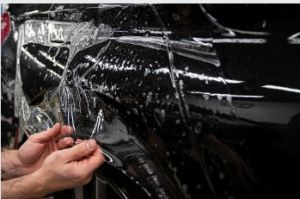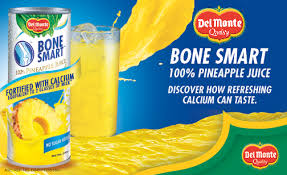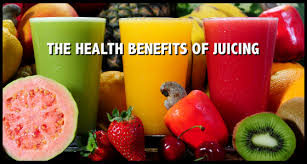Paint protection is an invisible coating designed to shield your car against various types of damage, which dealerships may provide as an extra service option.
 Scratches
Scratches
Scratches can be devastatingly detrimental to a car’s paint. Not only can they look unsightly, but they may also lead to body rust that requires extensive body work. Scratches may occur from driving over rocks or curbs or parking beneath trees with trees that shed leaves shaking around.
Swirl marks can be challenging to repair. Most often caused by poor cleaning and drying techniques – like using one microfiber mitt for both car washing and drying, with dirt particles remaining that haven’t fully dispersed cycling through and etching away at your newly polished paint finish.
Surface and clear-coat scratches can usually be quickly resolved because they only affect the initial layers of protection against oxidation and other forms of harm to your paintwork. Light pressure buffing with mild abrasives should do the trick for surface or clear-coat scratches; deeper ones that affect colour-coat layers must be filled in and sanded down before new paint can be applied, an expensive process.
Road Debris
Road hazards like tree sap, rocks, ice salt or bird droppings are potential threats to the paint on your vehicle if not appropriately protected. Paint protection South Australia provides high-impact areas of your car, like its hood, bumper, and mirrors, with protection from abrasion and chipping caused by everyday road debris while also helping resist yellowing under sunlight and adding resale value to it.
Debris on the road is a significant source of distraction for drivers. According to research conducted by AAA Foundation for Traffic Safety, debris was responsible for nearly 220,000 police-reported crashes over three years involving items falling off vehicles – such as auto parts or unattended cargo – that led to accidents.
Accidents due to improper maintenance or load securing can often be avoided through simple measures, like regular tire maintenance and load securing efforts. If an accident was caused by someone failing to secure their vehicle or load properly, damages might be available for your losses; contact an experienced injury attorney for more information.
UV Rays
UV rays from the sun are one of the primary contributors to why your car appears faded and oxidised within only a few years. These invisible rays emit short bursts of energy, which dissipate into heat but break down molecular bonds in paint that eventually cause it to oxidise, altering its colour and reflecting less light off its surface, leaving your vehicle looking duller and fading over time.
Maintaining your car with regular washings and waxing helps preserve its clear coat, slowing the effects of UV rays. Furthermore, avoid parking under trees in public lots or garages whenever possible, as this will limit how long it’s exposed to direct sunlight.
Dust, dirt and road grime are environmental contaminants that can significantly erode a vehicle’s clear coat and weaken UV damage protection. Animal droppings contain acids that eat away at your vehicle’s surface, while salt can corrode protective layers or coatings on its exterior surface.
Bugs
Bugs don’t just add visual clutter – they can do damage. While insects might appear harmless when hit, their acids and toxins will consume away at your car’s clear coat or paint over time.
Love Bugs can be difficult to remove without damaging car paint during mating season. They often leave acidic remains that cannot be easily cleaned away with soap, water, or other cleaning products. While you can clean out these remains with soap and water or cleaning products, and it would be prudent to have a professionally engineered effect like PPF (paint protection film) or clear bra applied directly onto the front of your vehicle to protect its paintwork and avoid further scratching damage.
Professional detailers or paint protection South Australia installers can use protective films to form a barrier between insects and your car’s paint, so when hit by them, they stick instead to the film rather than damaging its finish. With proper installation by a PPF installer or detailer, these protective films create a barrier. Hence, when bugs land on your paint, they adhere to it instead of harming its finish and can then be safely wiped off with pre-wax cleaner without breaking its finish.


